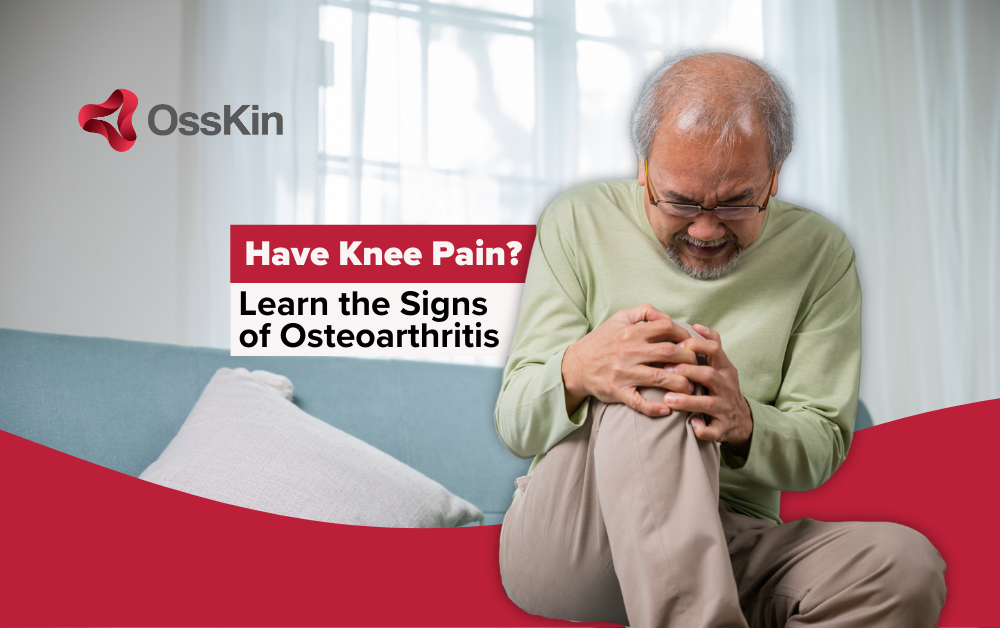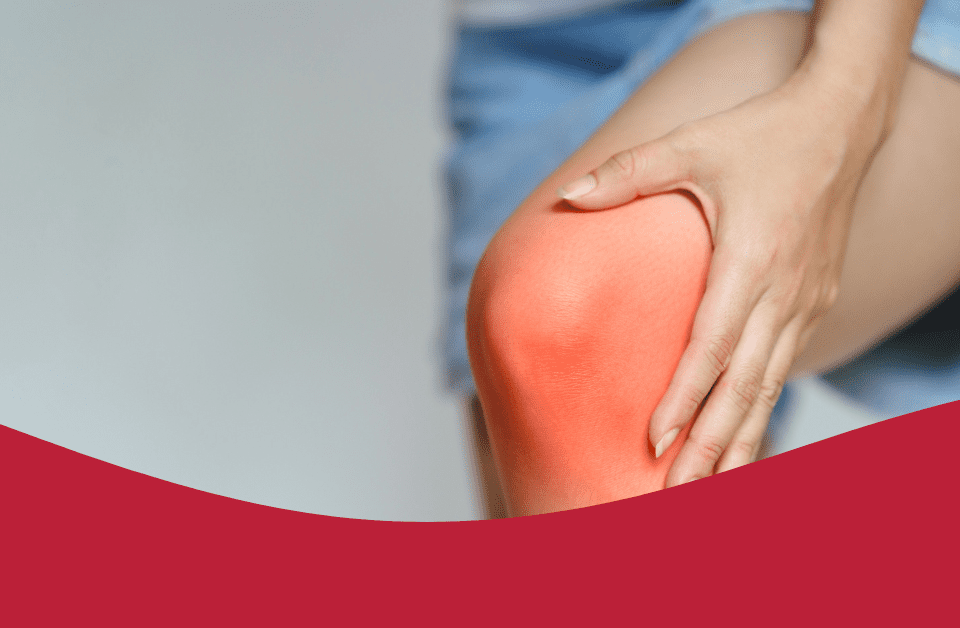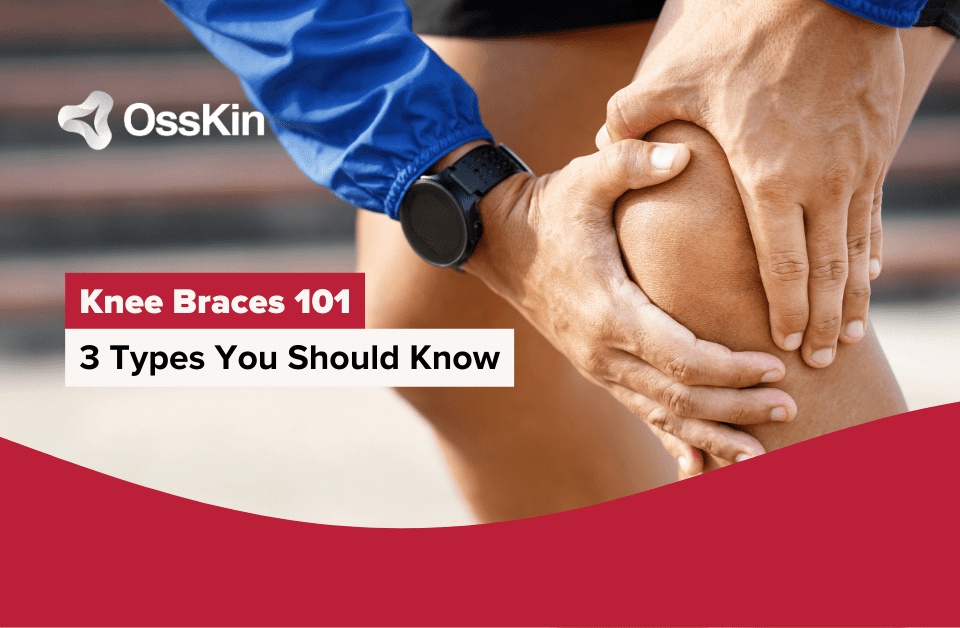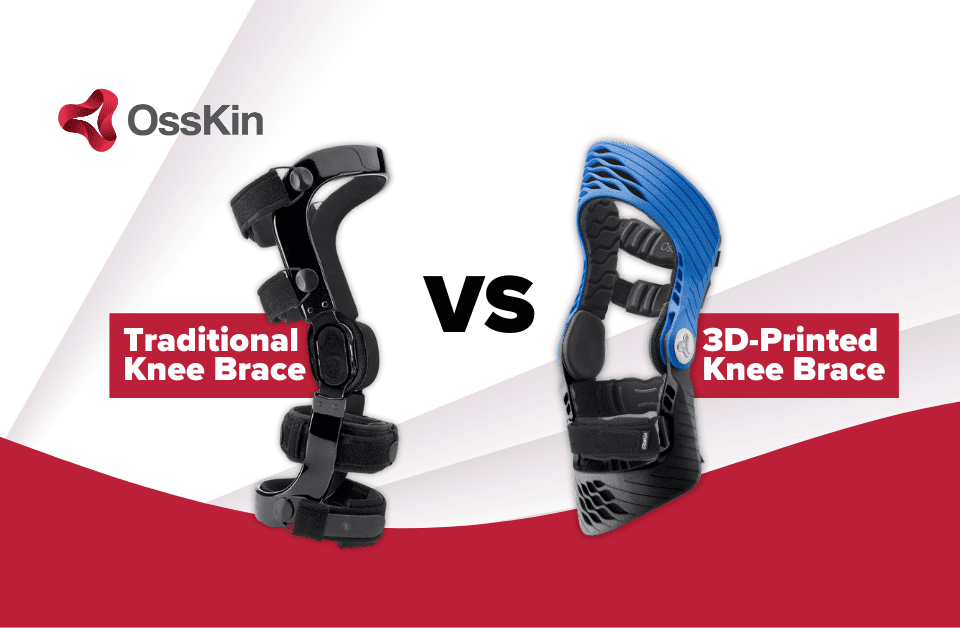
Knee osteoarthritis, also referred to as gonarthrosis, is the most prevalent knee condition. While not classified as a disease but rather a form of arthritis, it profoundly impacts the lives of those affected by it.
In this article, our team of experts will outline the common symptoms and signs of knee osteoarthritis, as well as its underlying causes.
The knee joint endures significant pressure during our daily movements. While walking, forces two to three times normal body weight are transmitted through the knee joint. Over time, the combination of forces on the knee joint, previous knee injuries, can result in knee pain attributed to osteoarthritis (OA) of the knee.
Knee pain often presents as:
Activities and situations that exacerbate pain caused by knee osteoarthritis include:
Joint pain also hampers normal movement in everyday life. Knee osteoarthritis can cause such severe pain that it interferes with the joint’s natural range of motion. In severe cases, even slight bending or flexing of the knee may become excruciatingly painful.
Pain is the primary factor contributing to difficulties with joint motion. Inflammatory factors from osteoarthritis within the joint cause the brain to send pain signals to the joint, causing us to naturally want to avoid certain joint movements as a protective mechanism to prevent musculoskeletal pain from occurring and worsening. In some cases, pain can become chronic or the magnitude of pain may not be proportional to the amount of tissue damage in the knee joint due to changes in the brain and central nervous system over time. This is a topic that is still being researched.
Swelling of the knee joint is a common sign of knee osteoarthritis and indicating inflammation. This excess fluid accumulation often leads to the medical condition known as “water on the knee.”
It is important to understand that inflammation and swelling are natural responses of the body’s defense system. In the case of an injury or medical condition like knee osteoarthritis, the body dispatches specific cells, including white blood cells, to protect and repair the affected areas. These cells are transported to the affected body part through the inflammatory fluid. The increase in fluid is called edema and produces a soft swelling. In more chronic cases of knee osteoarthritis, a hard swelling may occur, and is caused by bony buildup such as osteophytes and bone spurs.
Knee osteoarthritis frequently causes a sensation of stiffness, which individuals describe as discomfort and limited range of motion. This stiffness can give the impression that the different parts of the knee are fused together and lack mobility.
Stiffness in the knee joint tissues primarily arises from inflammation. When the knee is at rest, certain components of the inflammatory fluid settle on the joint tissues. Consequently, when movement resumes, these tissues must overcome the ensuing stiffness. After a few minutes of painful movement, the joint “warms up,” joint fluid moves around and the inflammatory factors and fluid begin to circulate and disperse. The stiffness subsides and the knee joint often begins to feel better.
In some cases, patients experience a sensation of friction between the knee bones. While not always painful, this sensation often worsens quickly.
As mentioned, knee osteoarthritis results from an inflammatory cascade and the gradual degeneration of cartilage. The thinning of this natural protective layer, coupled with a decrease in synovial fluid and an increase in inflammatory factors renders the joint more susceptible to pressure and friction, thus giving rise to this sensation.
Understanding the symptoms and causes of knee osteoarthritis is crucial for both individuals experiencing the condition and healthcare professionals. With the proper diagnosis a paitent can then find methods of managing osteoarthritis. Although not classified as a disease but rather a form of arthritis, significantly impacts the lives of those affected by it. It is a leading cause of work-related disability amongst U.S. adults. The common symptoms, including knee pain, increased pressure sensation, radiating pain, stiffness, and swollen joints, limited knee range of motion, and difficulties ascending and descending stairs can greatly hinder daily activities and movement.

Share on



OssKin © 2024